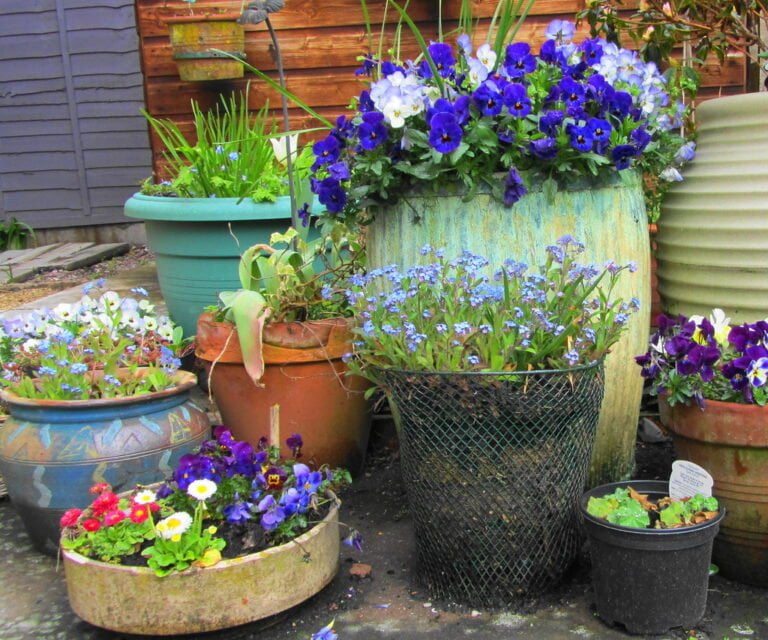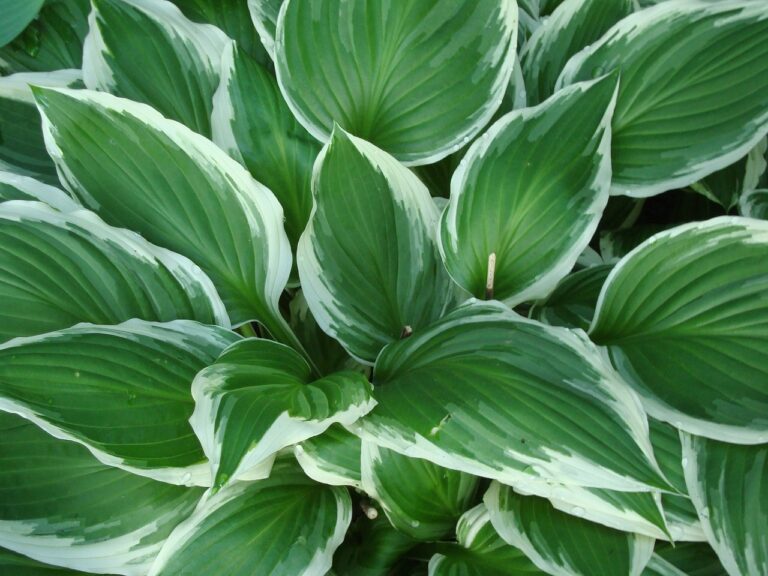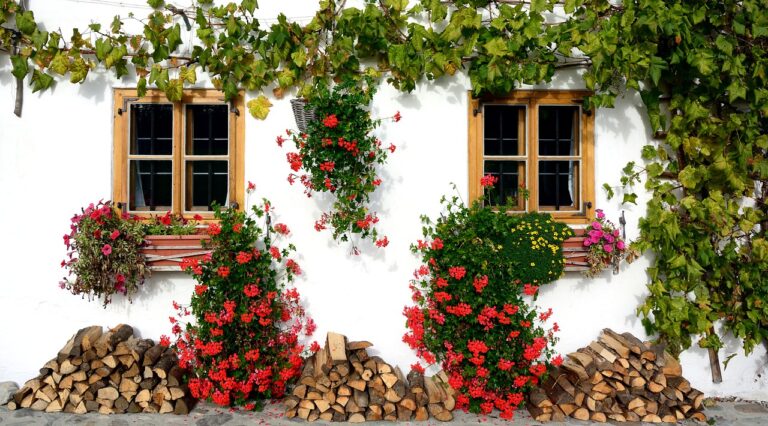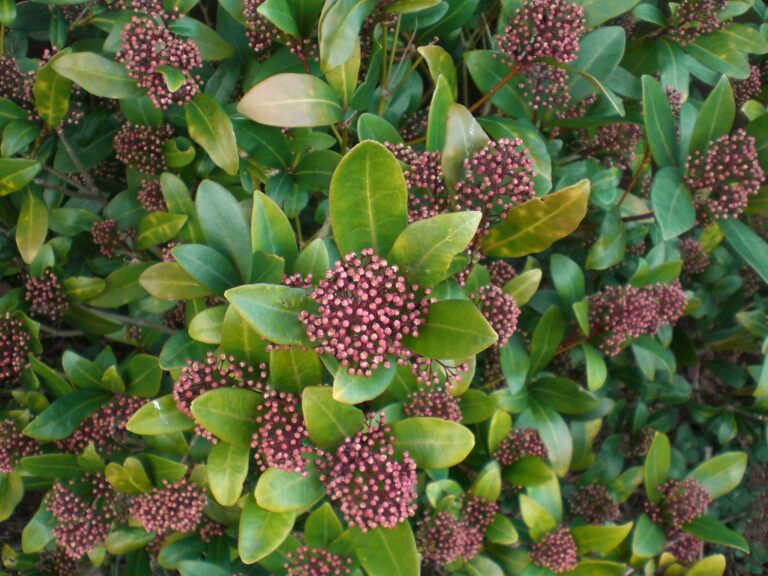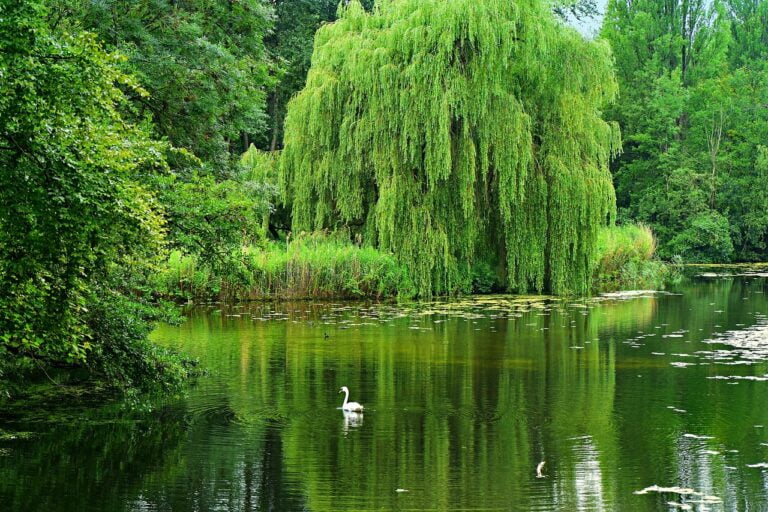Exploring Different Types of Specialized Shade Gardens: Rock, Japanese, and Wildlife-Friendly
Exploring rock, Japanese, and wildlife-friendly shade gardens reveals unique design approaches. Rock gardens showcase rocks, gravel, and hardy plants, ideal for minimalistic style. Japanese gardens balance tranquility and meticulous structures, transforming backyards into peaceful escapes. Wildlife-friendly gardens encourage biodiversity by using native plants and wildlife habitats, supporting conservation. Strategic plant placement and shade understanding are key for lush shade gardens. Considering ecological impact, shade gardens flourish with low-light plants, mulch for soil health, and diverse habitats for various species. Discover how specialized shade gardens blend beauty, ecology, and tranquility for a harmonious outdoor space.
Rock Gardens: Minimalistic Design With Natural Elements
When designing a rock garden, it is important to focus on minimalistic elements such as rocks, gravel, and drought-tolerant plants to create a serene and low-maintenance landscape. Rock gardens come in different types, each with its unique charm and characteristics. One popular type is the alpine rock garden, which emulates the rocky and rugged terrains found in mountainous regions. These gardens typically feature small, slow-growing plants that thrive in rocky, well-drained soil, such as sedums, sempervivums, and saxifrages. Another type is the desert rock garden, which showcases plants that are adapted to arid climates, like cacti, succulents, and agaves. These gardens are perfect for dry and water-conscious regions, as they require minimal watering compared to traditional gardens.
In rock gardens, the placement of rocks plays an important role in creating visual interest and defining the landscape. Different types of rocks, such as granite, limestone, and sandstone, can be strategically arranged to mimic natural rock formations. Gravel is often used as a mulch to suppress weeds and retain moisture in the soil. When selecting plants for a rock garden, it is necessary to choose species that can thrive in the specific conditions of the garden, such as sunlight exposure and soil type. By carefully considering these elements, one can create a beautiful and harmonious rock garden that brings a touch of nature’s rugged beauty to any landscape.
Japanese Gardens: Harmony of Nature and Structures
Japanese Gardens beautifully harmonize nature’s tranquility with meticulously crafted structures, epitomizing a serene blend of traditional elements and seasonal allure. Originating in China and evolving in the 16th century, these gardens reflect strong Buddhist influences, aiming to recreate the idea of paradise on earth. One of the key features of Japanese Gardens is the emphasis on tranquility and beauty through the use of traditional elements like moss, stone lanterns, and water features.
These gardens are carefully designed to showcase a fusion of nature’s beauty with the changing seasons, with each season bringing its unique blooms and colors to the forefront. The meticulous planning and design that go into creating a Japanese Garden can transform any backyard into a peaceful oasis, providing a space for contemplation and relaxation.
Outside of Japan, Japanese-inspired gardens like those found in Chandigarh and Pune offer individuals a harmonious escape from the hustle and bustle of everyday life. These gardens provide visitors with a serene environment that exudes peaceful vibes and rejuvenating qualities. By incorporating the principles of Japanese garden design, one can create a space that not only mesmerizes the eye but also soothes the soul.
Wildlife-Friendly Gardens: Biodiversity and Conservation
With a focus on creating habitats that support local wildlife species, wildlife-friendly gardens play an essential role in promoting biodiversity and conservation efforts. By incorporating native plants and trees, these gardens attract pollinators and beneficial insects, contributing to the overall health of the ecosystem. The biodiversity benefits of wildlife-friendly gardens are vast, as they provide food sources and shelter for various wildlife species, helping to maintain a balanced and thriving environment.
Conservation focus is a key aspect of wildlife-friendly gardens. By avoiding the use of pesticides and chemicals, these gardens create a safe space for wildlife to thrive without harmful disturbances. This conservation-minded approach not only benefits the local flora and fauna but also supports broader conservation efforts by preserving natural habitats.
One of the hallmarks of wildlife-friendly gardens is the deliberate creation of wildlife habitats. Features such as bird feeders, bird baths, and nesting boxes are commonly incorporated to support avian species and provide them with essential resources for survival. Through these intentional design choices, wildlife-friendly gardens become sanctuaries where wildlife can find refuge and sustenance, ultimately contributing to the conservation of biodiversity in the ecosystem.
Landscaping Approaches for Specialized Shade Gardens
In exploring specialized shade gardens, an important consideration lies in strategically positioning plants and structures to optimize sunlight and shade levels for best growth and visual appeal. When selecting plants, it is vital to choose species that thrive in shady conditions. Opt for shade-loving plants like ferns, hostas, and astilbes, which not only tolerate low light levels but also add lushness and color to the garden.
Understanding shade patterns is critical for effective landscaping. Take note of how the sun moves across your garden throughout the day to determine where the light falls and where shadows are cast. This knowledge will help you place plants that require more or less sunlight in the appropriate spots to guarantee their health and vitality.
For maintenance tips, regular inspection and care are important. Keep an eye out for pests and diseases that often thrive in shaded areas. Prune back overhanging branches to allow more light to filter through to the plants below. Additionally, consider mulching to retain moisture and suppress weed growth in the shaded garden beds.
Ecological Considerations in Shade Garden Design
Considering the ecological impact of shade garden design involves selecting plants that thrive in low light conditions, promoting biodiversity through native plant choices, and strategically utilizing trees for natural cooling benefits and energy efficiency. When designing a shade garden with ecological considerations in mind, it is imperative to pay attention to soil health. Incorporating mulch not only helps retain moisture and suppress weeds but also improves soil health by providing organic matter as it decomposes. This improves the soil structure, nutrient content, and overall ecosystem resilience.
Creating microclimates within the shade garden is another critical aspect of ecological design. By strategically placing plants based on their sunlight and water requirements, you can establish diverse habitats that support a variety of species. This microclimate creation fosters habitat diversity, attracting beneficial insects, birds, and other wildlife to the garden. Additionally, native plant selections play a significant role in promoting habitat diversity. Native plants are well-suited to the local environment, requiring less maintenance and providing food and shelter for indigenous wildlife.
Incorporating trees strategically in shade garden design not only offers cooling effects but also contributes to habitat diversity. Trees provide shelter, nesting sites, and food sources for various animals, further improving the ecological balance of the garden. By considering soil health, microclimate creation, and habitat diversity, your shade garden can become a thriving ecosystem that supports local wildlife populations while conserving resources and promoting sustainability.

